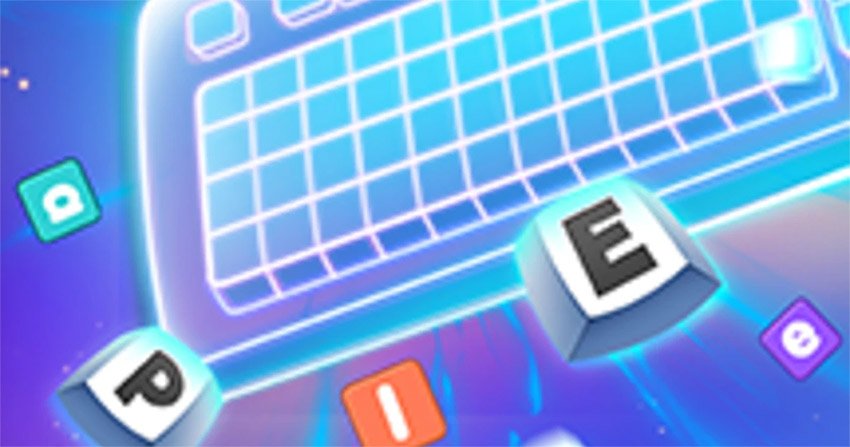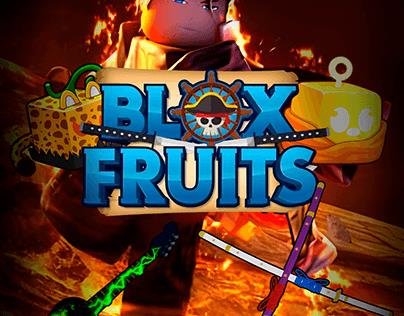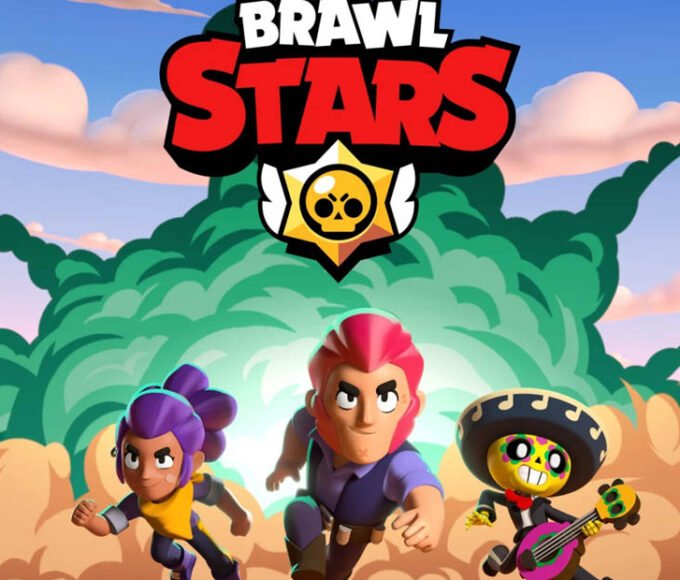Today’s digital era has necessitated a shift in how educational curricula are designed. One such revolution has been the introduction of typing games into educational settings, revolutionizing the way students learn. These games not only help improve typing speed and accuracy but also instil a sense of fun in learning, leading to more engaged and motivated students. Let’s delve deeper into how typing games can enhance the educational experience.
The Importance of Typing Skills in Modern Education
With an increasing reliance on computers and technology, typing has become an essential skill for students of all ages. From crafting essays and emails to coding and data entry, typing is involved in virtually every aspect of modern education. Despite its importance, typing is often overlooked in many educational curricula, leaving students to struggle with slow and inefficient typing skills. This is where typing games come in.
Typing games offer a fun and interactive method for students to improve their typing abilities. By transforming a traditionally mundane task into a competitive and engaging activity, typing games capture students’ attention and motivate them to practice. The immediate feedback and rewards that these games provide further encourage students to continue improving their skills.
Cognitive Benefits of Typing Games
The benefits of typing games extend beyond simply improving typing speed and accuracy. Research has shown that these games can also enhance cognitive abilities such as memory, attention, and spatial reasoning. For example, in a typical typing game, players must memorize key locations and type words or sentences as quickly as possible. This demands a high level of concentration and enhances visual-motor coordination and spatial awareness.
Moreover, the gamified elements found in typing games can promote healthy competition among students, boosting their motivation and engagement. As they strive to achieve higher scores or faster times, students are unknowingly practicing and reinforcing their typing skills. This repetitive practice not only leads to improved typing abilities but also contributes to the development of muscle memory, further solidifying these skills.
The Fundamentals of a Good Typing Game
While there are various typing games available, not all are created equal. Some are more effective and engaging than others. To make sure you’re choosing the right game to facilitate learning, here are some key components that an effective typing game should have:
- Learning Structure: The game should have a proper learning structure, moving from simpler tasks to more complex ones. This progression helps students gradually build up their skills without feeling overwhelmed.
- Feedback Mechanism: Instant and accurate feedback is critical in any learning game. It allows students to identify their mistakes and improve their skills immediately.
- Adaptive Difficulty: The game should adjust its difficulty level according to the player’s skill. This keeps students engaged and challenged without pushing them into frustration.
- Progress Tracking: A feature that allows both students and teachers to track progress is essential. This can help motivate students to improve and help teachers identify areas that need additional focus.
- Engagement: A good typing game should be fun and engaging. Whether it uses a compelling story, competitive elements, or eye-catching graphics, the game should be able to hold a student’s interest over time.
- Safety: Lastly, especially for younger students, the game should provide a safe online environment. It should not contain inappropriate content, and it should protect the privacy of its users.
These elements are crucial in ensuring that the game is not only enjoyable but also effective as a learning tool.
Incorporating Typing Games into Lesson Plans
Incorporating typing games into the classroom is straightforward and can be integrated into various subjects. For example, during a language or literacy lesson, teachers can use typing games that focus on spelling or sentence structure. In contrast, during a computer science lesson, teachers can utilize typing games that require students to type out lines of code.
Regardless of the subject, it’s important to ensure the typing games are appropriate for the students’ age and skill level. Start with simple games for beginners, and as students’ typing speed and accuracy improve, gradually introduce more challenging games. Regularly incorporating typing games into lesson plans will provide students with ample opportunities to practice and hone their skills.
Tracking Progress and Encouraging Improvement
While the primary aim of typing games is to provide a fun and engaging platform for students to practice their skills, they also provide a valuable tool for teachers to track students’ progress. Many typing games include features that allow teachers to monitor students’ speed, accuracy, and improvement over time.
Teachers can use this data to identify students who may be struggling and provide additional support where needed. It also allows for the recognition of students who show significant improvement, which can be a powerful motivator. By maintaining a focus on progress rather than simply the end result, students are encouraged to view mistakes as learning opportunities rather than failures.
A Fun and Engaging Learning Experience
Incorporating typing games into the classroom not only enhances students’ typing skills but also creates a more engaging and enjoyable learning environment. Through the competitive and interactive nature of these games, students are more likely to be motivated to practice and improve their skills. As they navigate the challenges and progress through the levels, they build confidence and resilience, traits that will serve them well in their educational journey and beyond.
In summary, typing games present an innovative approach to teaching a critical skill in today’s digital world. By integrating these games into education, we can equip our students with the typing skills they need to succeed while making the learning process fun and engaging. As educators, it’s our role to embrace these new approaches and adapt to the evolving needs of our students. With typing games, we’re not just teaching students how to type faster—we’re providing them with a toolset for success in the digital age.
















